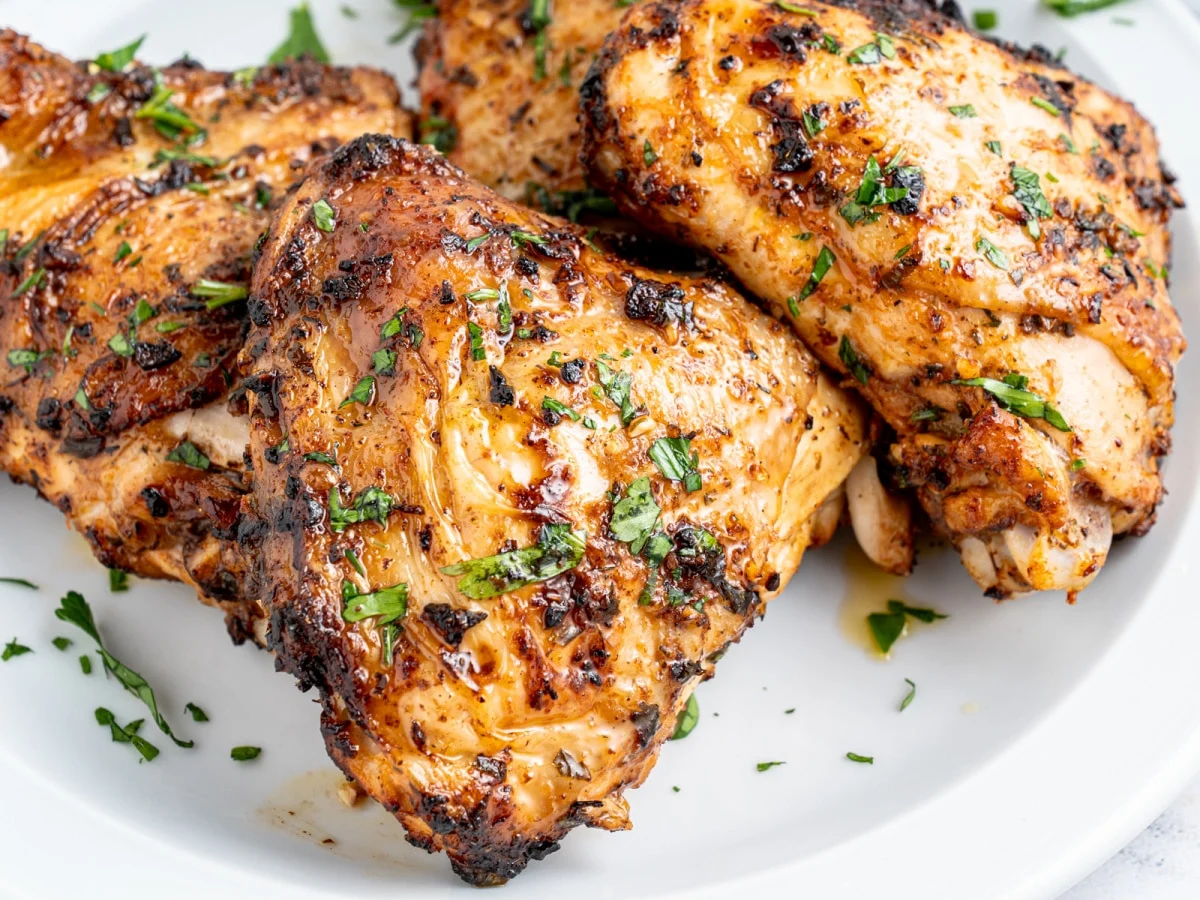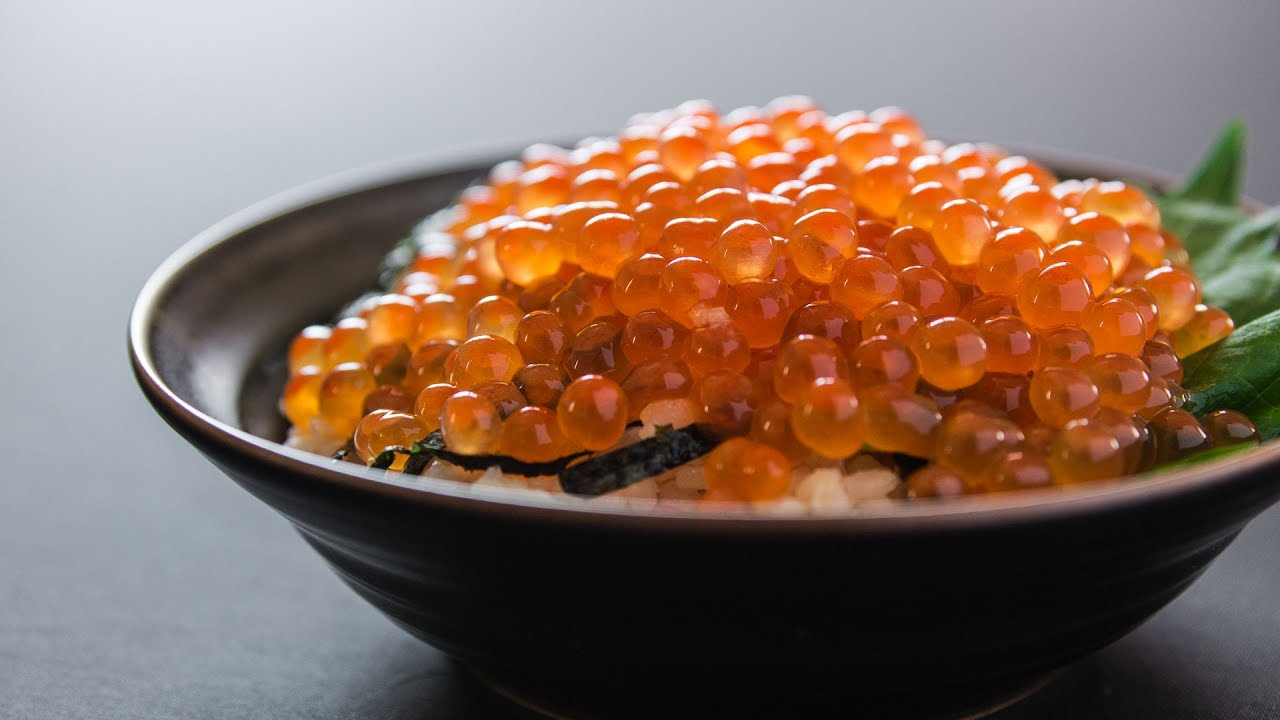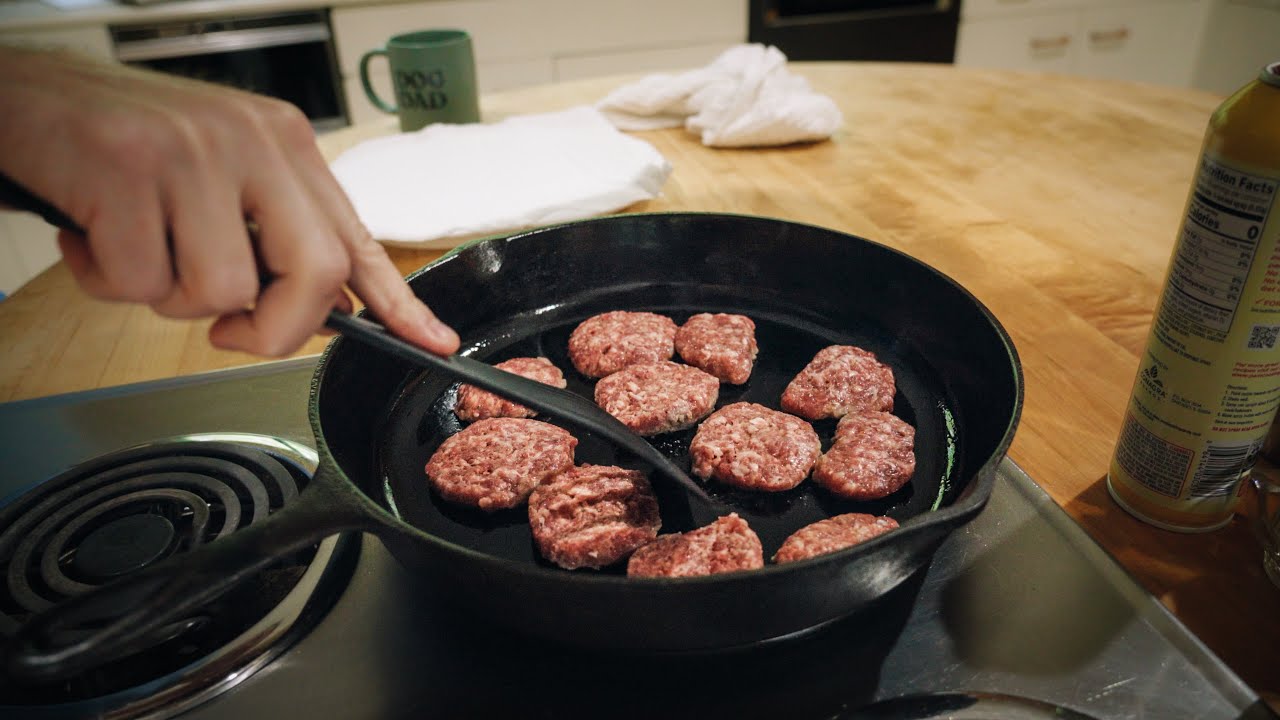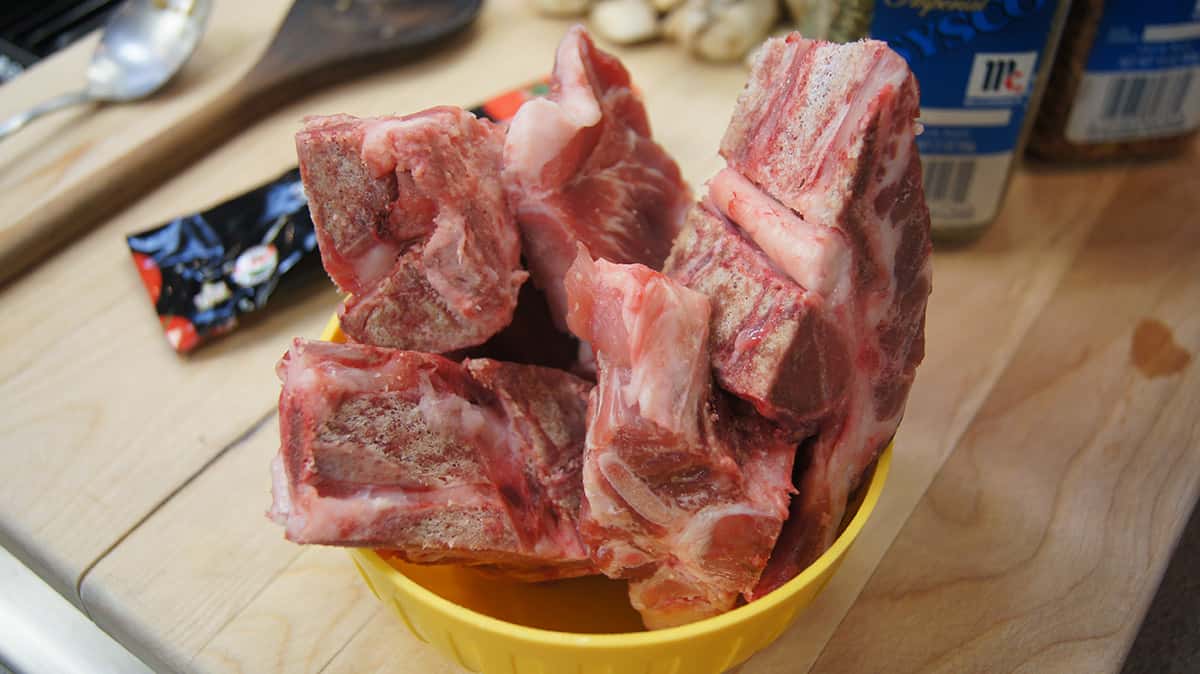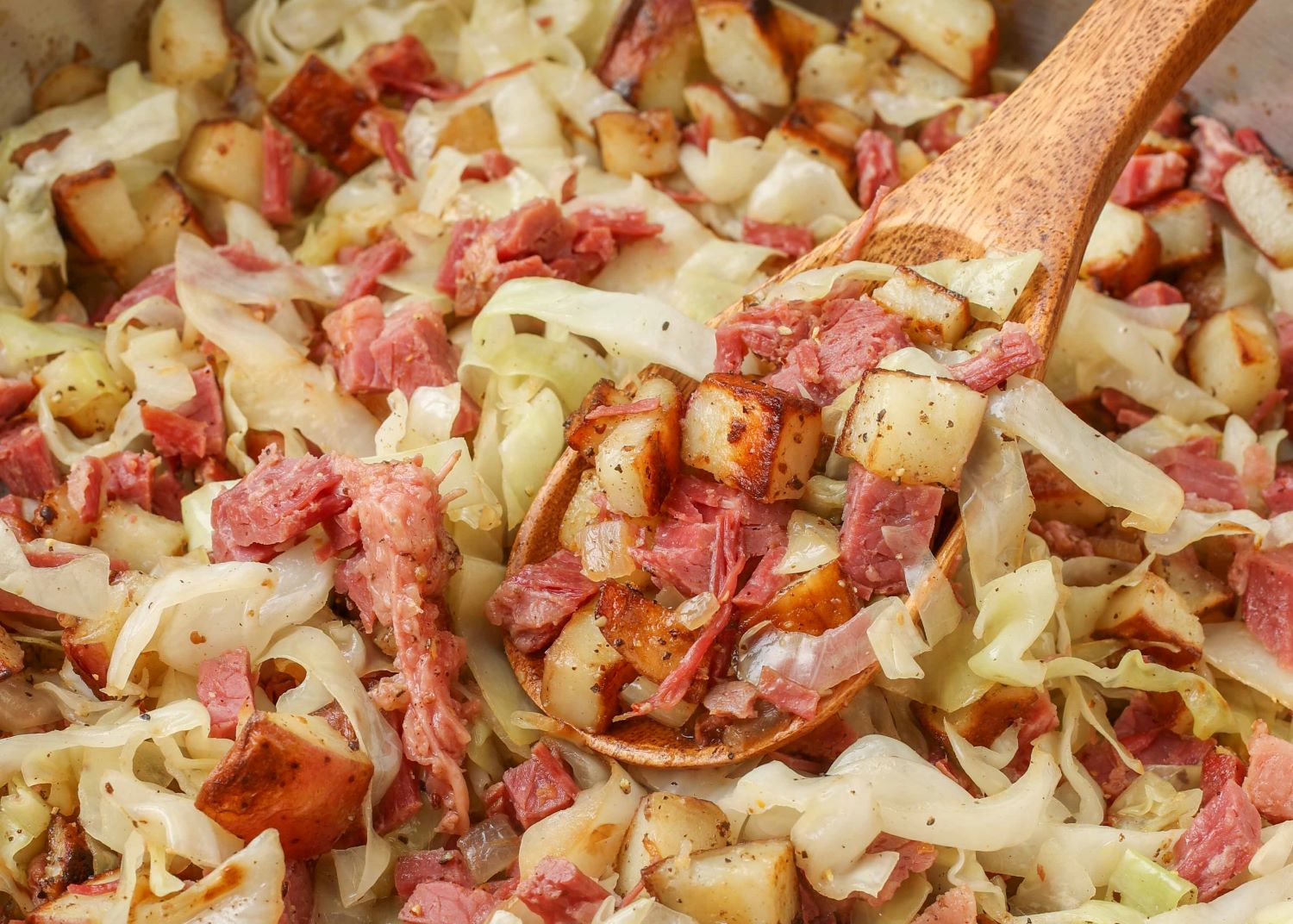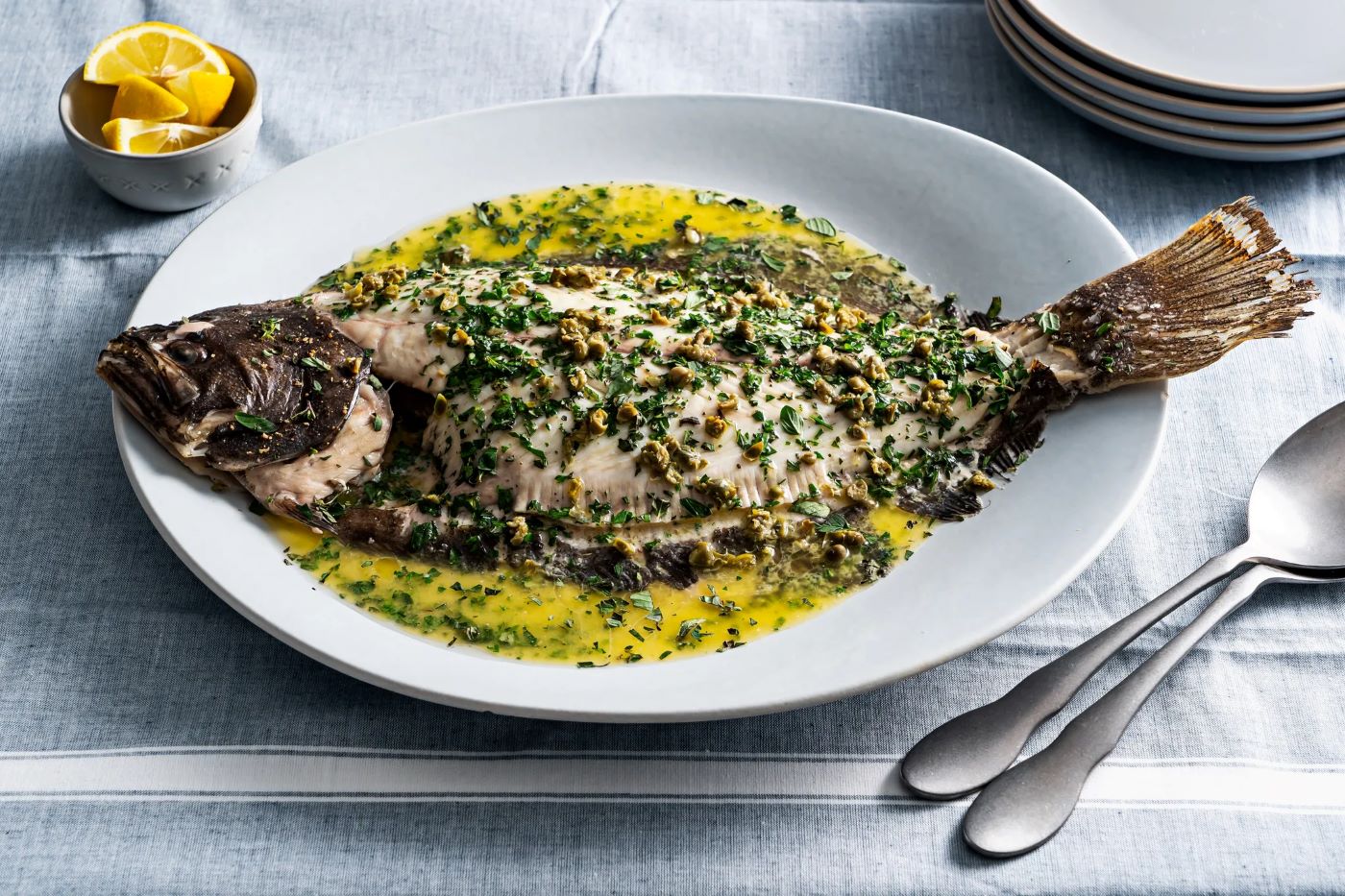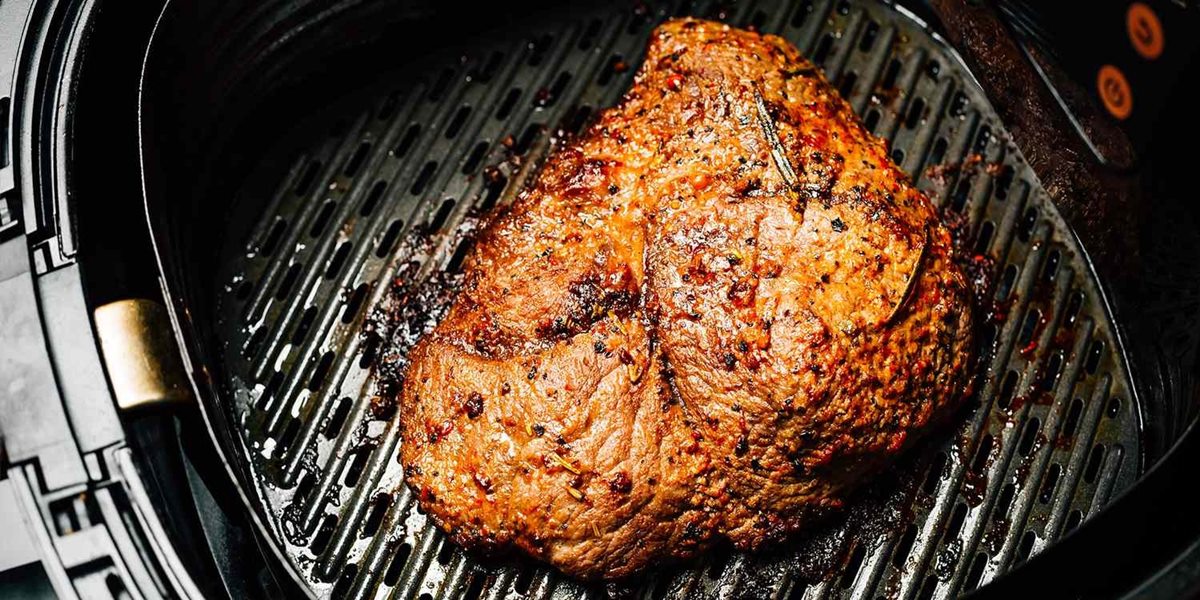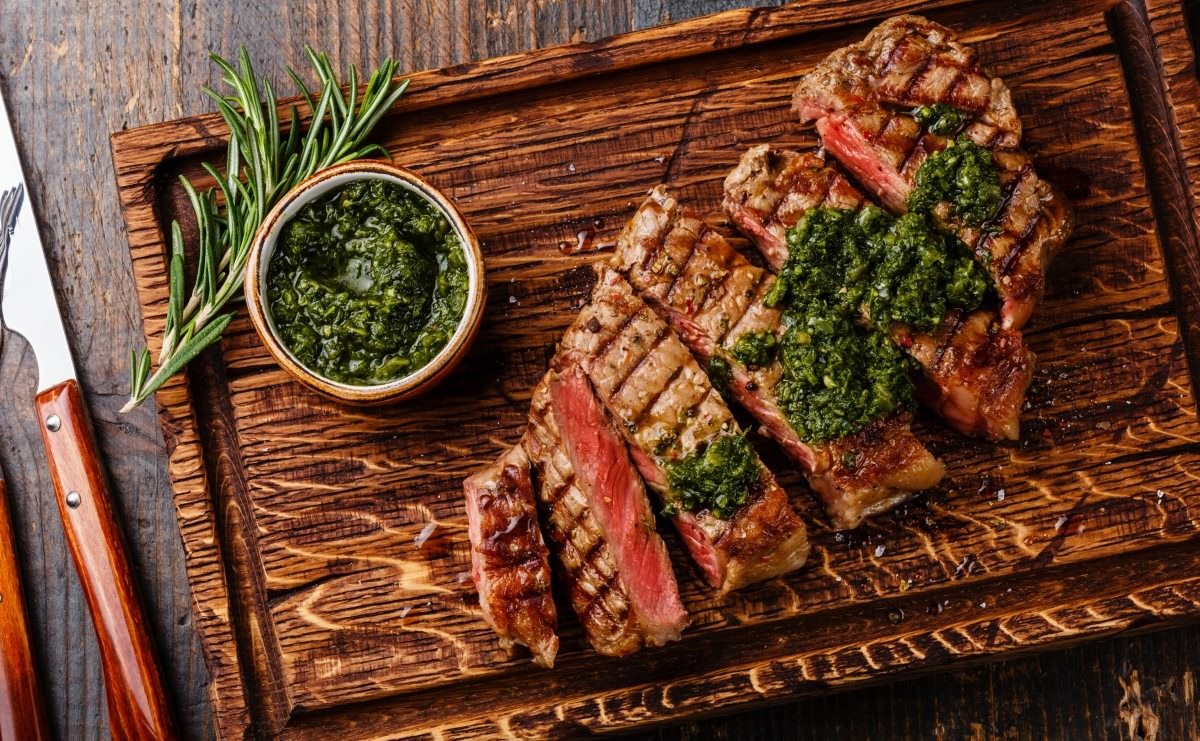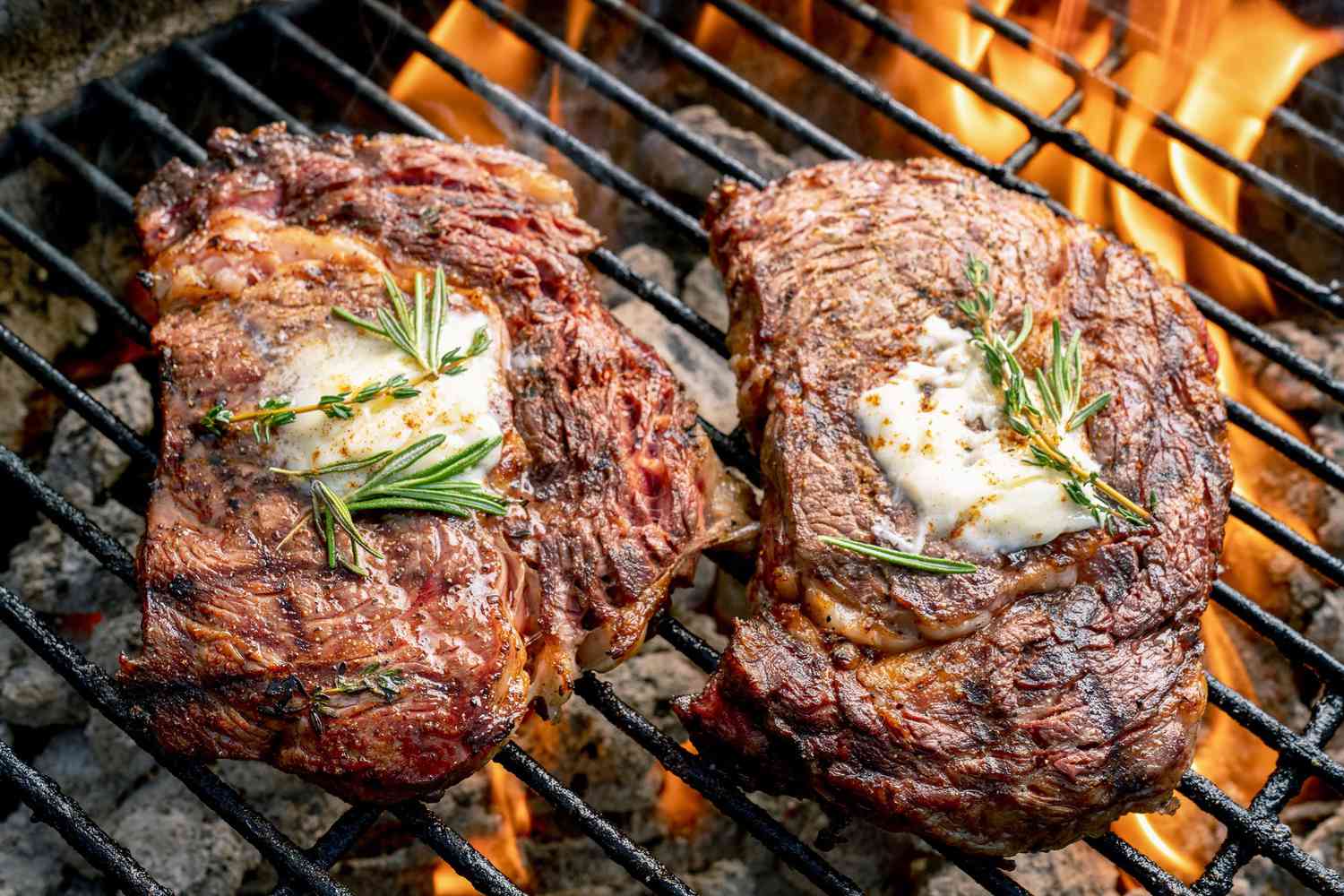The Versatile and Delicious Blue Hubbard Squash
As the fall season approaches, it’s time to start thinking about incorporating seasonal vegetables into our diets. One vegetable that deserves some attention is the blue Hubbard squash. Known for its vibrant blue-gray skin and sweet, nutty flavor, this squash is a versatile ingredient that can be used in a variety of dishes.
Choosing the Perfect Blue Hubbard Squash
When selecting a blue Hubbard squash, look for one that feels heavy for its size and has a firm exterior. The skin should be blemish-free and have a rich blue color. Avoid any squash that feels soft or has moldy spots. A good-sized blue Hubbard squash can feed a crowd, so plan accordingly.
Preparing and Cooking Blue Hubbard Squash
Before cooking, wash the squash thoroughly to remove any dirt or debris. To make it easier to handle, cut the squash lengthwise using a sharp knife. Scoop out the seeds and stringy pulp from the center using a spoon.
To bring out the natural sweetness of the blue Hubbard squash, roasting is the ideal cooking method. Here’s a simple and delicious recipe to try:
- Preheat your oven to 400°F (200°C).
- Brush the cut sides of the squash with olive oil and sprinkle with salt and pepper.
- Place the squash halves, cut side down, on a baking sheet lined with parchment paper.
- Roast in the preheated oven for about 45 minutes to an hour, or until the flesh is tender and easily pierced with a fork.
- Remove the squash from the oven and let it cool for a few minutes.
- Using a fork, scrape the flesh of the squash to create long, spaghetti-like strands.
Delicious Ways to Enjoy Blue Hubbard Squash
Once you have the roasted blue Hubbard squash, the culinary possibilities are endless. Here are a few ideas to get you started:
- Toss the squash noodles with your favorite pasta sauce for a tasty and nutritious alternative to traditional pasta.
- Add the squash to soups and stews for extra flavor and texture.
- Use it as a filling for savory pies or empanadas.
- Create a delicious and comforting autumn side dish by sautéing the squash with butter, garlic, and a sprinkle of cinnamon.
- Blend the roasted squash with vegetable broth and seasonings to make a creamy and velvety soup.
Conclusion
Blue Hubbard squash is a wonderful fall vegetable that brings a touch of color and deliciousness to your table. Explore its versatility and enjoy its health benefits by incorporating it into your cooking. Whether you roast it, sauté it, or blend it, this unique squash is sure to be a hit in your household.
So, next time you’re at the market, don’t hesitate to grab a blue Hubbard squash and try out these scrumptious recipes. Your taste buds will thank you!
For those eager to experiment with Blue Hubbard Squash, there are several standout recipes to try. The Blue Hubbard Squash Mac and Cheese is a creamy delight that merges comfort food with a nutritious twist. If you're craving something hearty and aromatic, the Blue Hubbard Squash and Sage Risotto will not disappoint with its earthy flavors. Health-conscious cooks might enjoy the Blue Hubbard Squash and Quinoa Salad, which offers a refreshing and protein-packed option. For a warming dish perfect for colder months, the Blue Hubbard Squash and Chickpea Stew combines rich textures and spices. To impress at dinner parties, the Blue Hubbard Squash Ravioli with Brown Butter Sage Sauce delivers a gourmet experience that's surprisingly easy to prepare. These dishes not only make the most of the squash's unique taste but also provide a variety of culinary experiences that range from indulgent to healthy.
Was this page helpful?
Read Next: How To Cook A Premade Crab Cake

